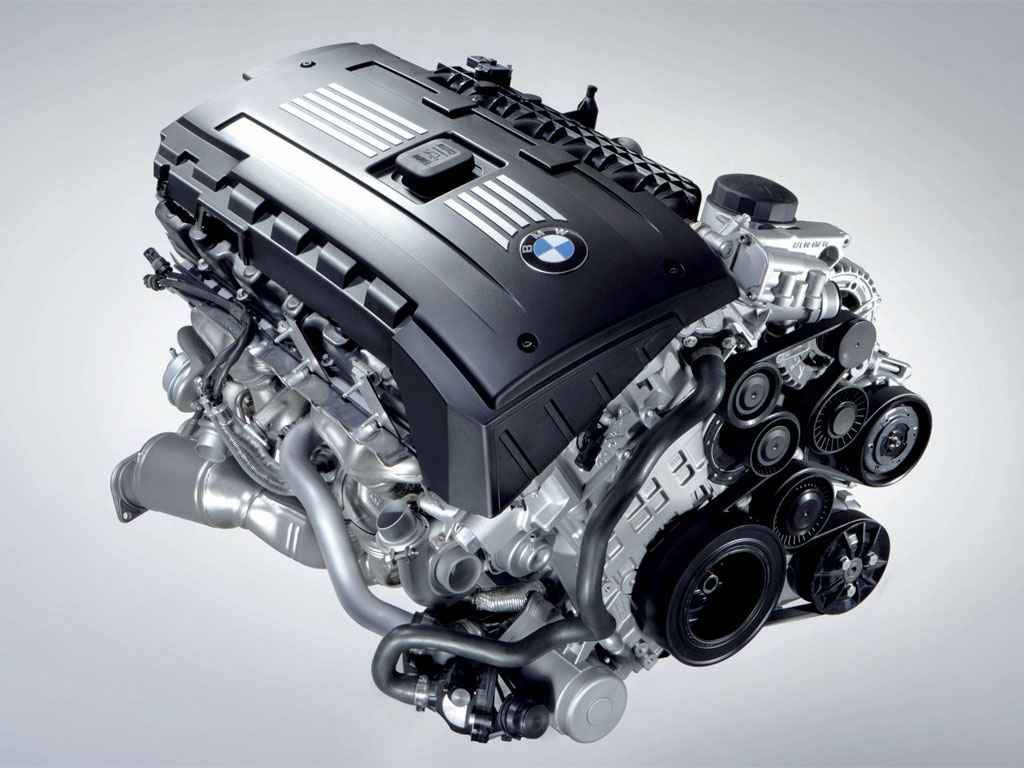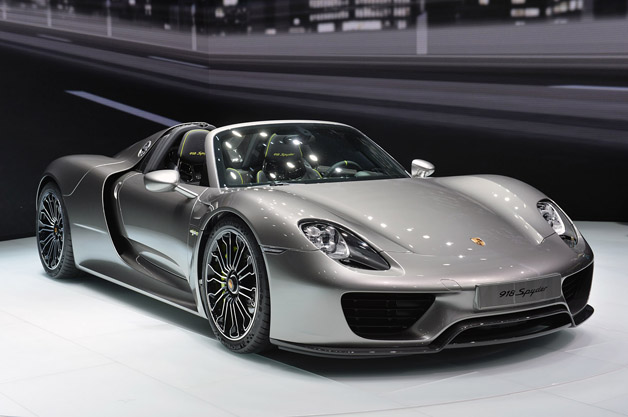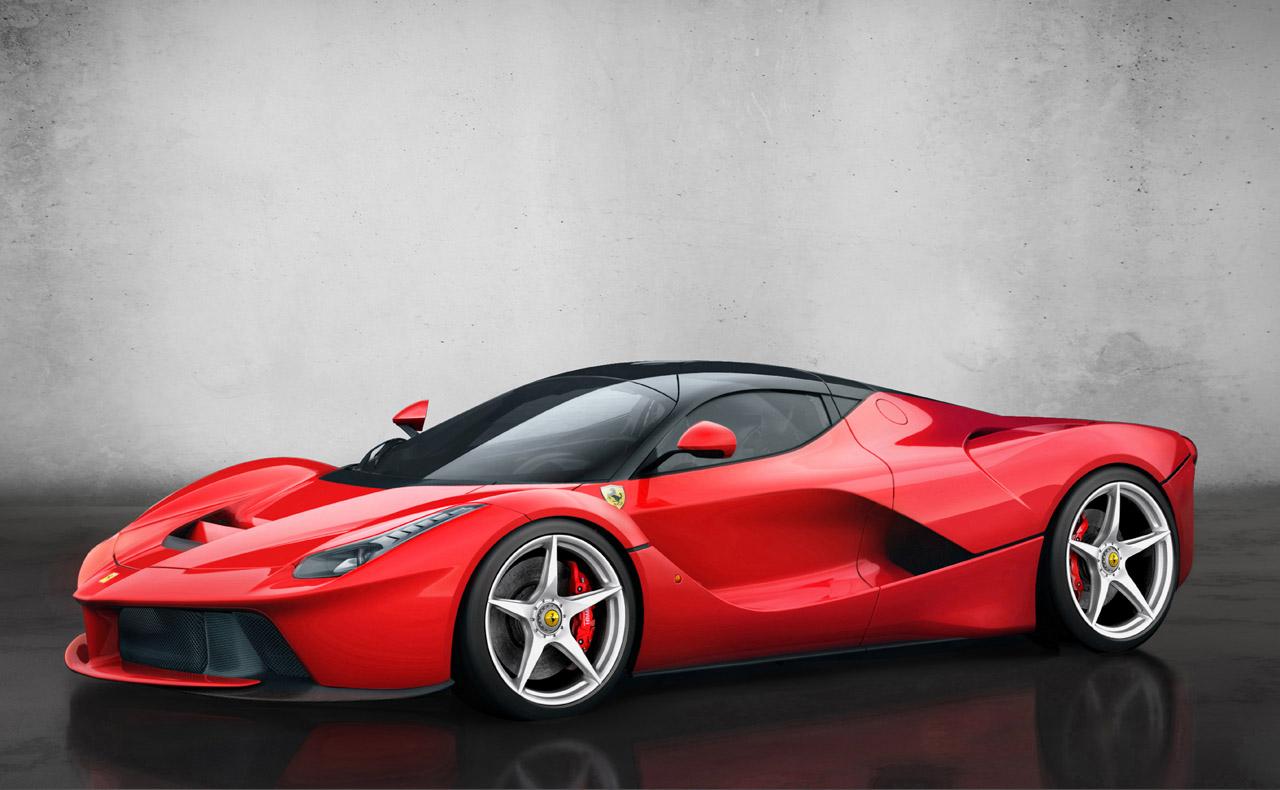Eight years earlier, cars sold under the $35k mark seldom get a 300hp+ engine (with exceptions like the 2005
Mustang GT), not to mention whether it was possible to get a 300hp+ luxury car at that time. Even though the
Mustang GT gets a 300hp V8 engine which is considered “high output” at that time, it sacrifices refinement
and interior material qualities and lots of other features.
But in the end of 2005, after Lexus released the 2GR-FSE engine, which was used in the 2006 IS350, the
situation is permanently changed. Equipped with the dual-injection-system 2GR-FSE engine, The IS350 has
306hp and carries a MSRP of $35,440 and its invoice price is $31,186 (for many people, this is the actual price
they are based on to negotiate with dealerships). The horsepower output of the 2006 IS350 far exceeded all
of its competitors (for example the 2006 BMW 330i “only” has 255hp).
Below is image of the 2GR-FSE engine.
Infiniti answered this challenger by the 2007 G35, which also uses a naturally aspirated 3.5L V6 engine,
generating the same hp output as the IS350 but the German competitors took another completely different
route: they turned to use force-induction, for massively produced, high-volume models.
By saying “massively produced and high-volume”, I mean it is something you are selling to over 50,000+
and even more than one million units per year.
For BMW, they released the twin-turbocharged N54 engine for the 335i model. Of course, if BMW wanted to,
they could produce a naturally aspirated engine that generates similar output as the turbo-charged N54. The
reason why BMW chose not to do this may due to:
- Increasingly strict emission regulations in Europe requires higher R&D spending in naturally aspirated
engine design, to achieve the same output requirement; - It costs less to develop a turbo engine than a naturally aspirated engine, to achieve the same output;
- BMW believes turbocharging has better performance.
Here is the BMW N54 engine.
No matter what is the real reason after BMW management’s decision, the fact is: all BMW engines are turbo-
charged now; most of the Audi engines are turbocharged or supercharged too; Mercedes-Benz is slower to adapt
to the trend, but as of today most of its AMG high output engines are turbocharged. Not only luxury brands,
many mainstream brands such as Ford, Chevrolet, Volkswagen, all introduced turbocharging in their lower-
priced products, some even sold for less than $20k.
Starting from 2007, it appears that many auto makers realized it is much cheaper and easier to build a high-
horsepower engine by using force-induction. This can be done for high-volume cars at very low cost.
Since you can get a very high output as long as you are willing to increase the turbo boost pressure ,which can
be done by fiddling with some parameters in the ECU software or a simple upgrade to a larger turbo unit, the
horsepower competition continues!
Previously the 500hp V10 2006 BMW M5 was considered to be very powerful, but they recently announced
that the 2015 Dodge Challenger SRT Hellcat with a 6.2L supercharged engine will have over 600hp, and is
expected to carry an MSRP not exceeding $50,000.
However, there is a common weakness for all force-induction engines: there will be an output lag. This is caused
by the time it needs to build up the required boost pressure, no matter if is turbocharged or supercharged. The
difference is just how long it takes. Some better designed force-induction engines may have less lag, but the lag
will still exist.
Recently a new trend has developed! Auto makers discovered another very powerful weapon: The electric motor.
Thanks to the huge progress in battery and electric drivetrain technologies, now an electric motor cannot only be
used for the purpose of saving fuel, but also enhancing acceleration performance significantly.
The electric motor has a property which is impossible for an internal combustion engine: maximum instant torque
at zero rpm, this means maximum torque without any delays. Also the electric motor is very compact, which lowers
the car body’s center of gravity; the electric motor does not need a transmission, so no time will be lost in gear
shifting, pure absolute linear acceleration. One more benefit for hybrid power (gasoline + electric) is, it can form
a perfect AWD system: the gasoline engine powers two wheels and the electric motor powers the other 2 wheels,
no center differential is needed.
The performance benefit of the hybrid powertrain was firstly seen on the 2013 Porsche 918, which has a combined
887hp output, and it broke the Nürburgring lap time record with a large margin (14 seconds faster). Ferrari joined
the game shortly after, by introducing the LaFerrari, which combines a 789hp gasoline engine and a 161hp electric
motor to form a 950hp hybrid powertrain. Also do not forget McLaren also has the hybrid P1 too.
Below two images are the Prosche 918 and its powertrain illustration.
And this is the 950hp LaFerrari.
Follow the trend because we believe Ferrari will use the hybrid technology in most of its next generation models.
The next-gen 458 will reach 750hp (the current 458M is around 650hp), and the F12berlinetta will finally
reach a total output closed to 850hp.
Do not think this will only happen with cars that are too expensive for you to buy, remember GM executive also
confirmed that they are also considering the hybrid powertrain for their next Corvette.
So, the horsepower competition goes on.









Recent Comments